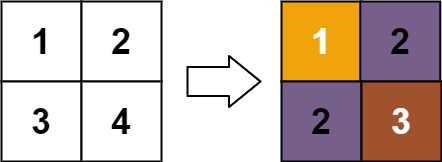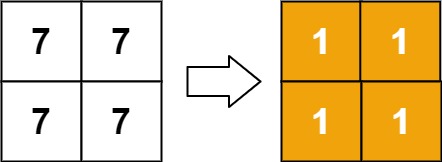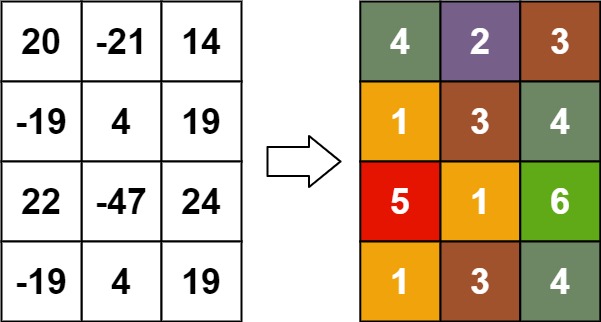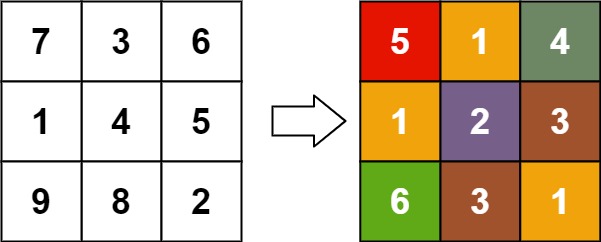You are given an m x n integer grid accounts where accounts[i][j] is the amount of money the ith customer has in the jth bank. Return the wealth that the richest customer has.
A customer’s wealth is the amount of money they have in all their bank accounts. The richest customer is the customer that has the maximum wealth.
Example 1:
Input: accounts = [[1,2,3],[3,2,1]] Output: 6 Explanation:1st customer has wealth = 1 + 2 + 3 = 62nd customer has wealth = 3 + 2 + 1 = 6Both customers are considered the richest with a wealth of 6 each, so return 6.
Example 2:
Input: accounts = [[1,5],[7,3],[3,5]] Output: 10 Explanation: 1st customer has wealth = 6 2nd customer has wealth = 10 3rd customer has wealth = 8 The 2nd customer is the richest with a wealth of 10.
Example 3:
Input: accounts = [[2,8,7],[7,1,3],[1,9,5]] Output: 17
Constraints:
m == accounts.lengthn == accounts[i].length1 <= m, n <= 501 <= accounts[i][j] <= 100
Solution: Sum each row up
Time complexity: O(mn)
Space complexity: O(1)
C++
|
1 2 3 4 5 6 7 8 9 10 |
// Author: Huahua class Solution { public: int maximumWealth(vector<vector<int>>& accounts) { int ans = 0; for (const vector<int>& row : accounts) ans = max(ans, accumulate(begin(row), end(row), 0)); return ans; } }; |
Python3
|
1 2 3 4 |
# Author: Huahua class Solution: def maximumWealth(self, accounts: List[List[int]]) -> int: return max(sum(account) for account in accounts) |



